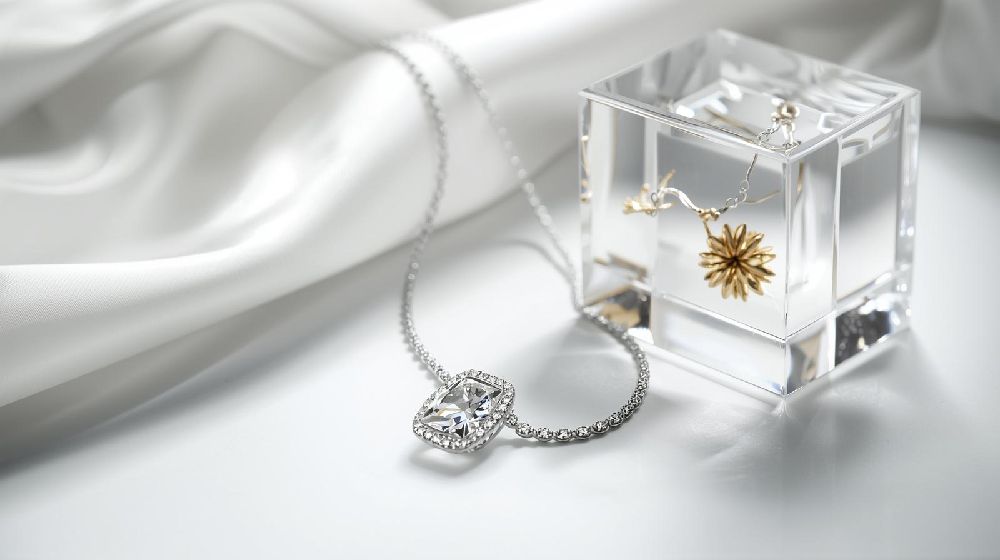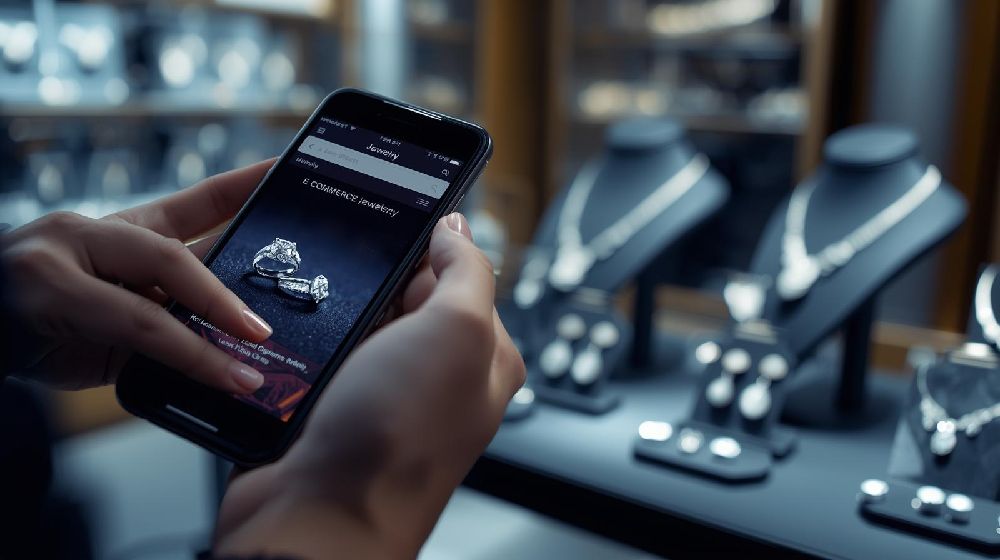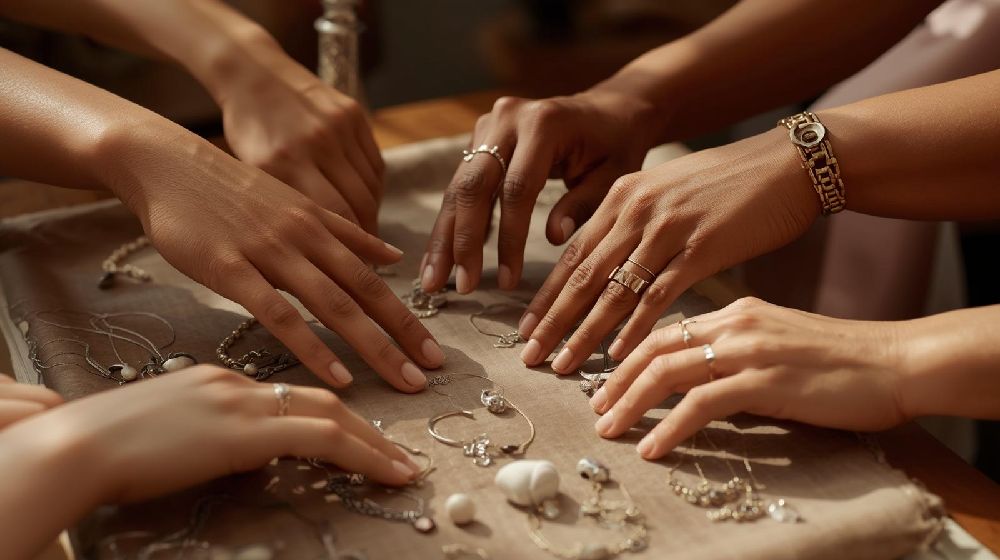
In today’s rapidly evolving market, jewelry customers no longer make decisions based only on design or price. They want clarity. They want honesty. They want a brand they can trust. As global consumers become more conscious, transparency and trust have emerged as the new pillars shaping the future of jewelry marketing.
For manufacturers and sellers alike, the journey from factory to customer must now be as open as the sparkle of the product itself.
1. The Rise of the Informed Customer
Digital access has changed everything. Today’s buyers research purity levels, manufacturing techniques, and ethical sourcing before they buy a single gram of gold.
They compare certifications, demand detailed product descriptions, and expect brands to be completely upfront about what they are offering.
This shift has created an opportunity: brands that communicate honestly build loyalty faster than ever.
2. Transparent Manufacturing: A Competitive Advantage
Customers want to know:
-
Where the gold comes from
-
How the jewelry is made
-
What technology is used
-
How purity is verified
Manufacturers who openly share information about CNC processes, laser welding, casting techniques, testing methods, and quality checks project a strong message:
We have nothing to hide — because we do everything right.
This establishes instant confidence, making the brand stand out in a crowded marketplace.
3. Certification as a Marketing Tool
Hallmarking and certification are no longer just legal requirements — they are powerful marketing assets.
When brands showcase BIS Hallmark, accurate weight charts, stone-setting details, and testing reports, they make the buying process more credible and reassuring.
Transparency in certification reduces purchase hesitation, especially for first-time or high-value buyers.
4. Honest Pricing Builds Long-Term Relationships
In an era where customers compare prices in real time, clarity in pricing is essential.
Brands should openly share the breakdown of:
-
Gold rate
-
Making charges
-
Wastage
-
Taxes
This level of clarity transforms a simple sale into a bond of trust, ensuring customers return not just for the product, but for the honesty behind it.
5. Storytelling Rooted in Truth
Modern marketing thrives on storytelling, but the most powerful stories are real.
Sharing genuine insights — videos of craftsmen at work, behind-the-scenes manufacturing clips, purity testing footage, or sustainability efforts — makes customers feel emotionally connected to the brand.
When customers see the effort behind each piece, they appreciate and value it more deeply.
6. Ethical Practices Strengthen Brand Reputation
Consumers today care about where their jewelry comes from. Ethical sourcing, recycled gold usage, clean manufacturing, and fair workplace conditions are becoming essential markers of a responsible brand.
When these practices are communicated clearly, they enhance brand value and deepen customer trust.
7. The Digital Era Demands Authenticity
Social media and e-commerce have brought transparency to the forefront. A brand’s credibility depends on:
-
Clear product photography
-
Accurate descriptions
-
Honest customer reviews
-
Real testimonials
Brands that communicate authentically online gain more traction, especially among younger buyers who value honesty over hype.
Conclusion: Trust Is the New Luxury
In the jewelry industry, beauty may attract attention — but trust builds loyalty.
Transparency in manufacturing, pricing, sourcing, and communication has become the strongest foundation a brand can stand on.
As I believe deeply, true luxury is not only in the product, but in the relationship you build with the customer.
And in today’s fast-moving world, transparency isn’t just good marketing — it is the new definition of excellence.







